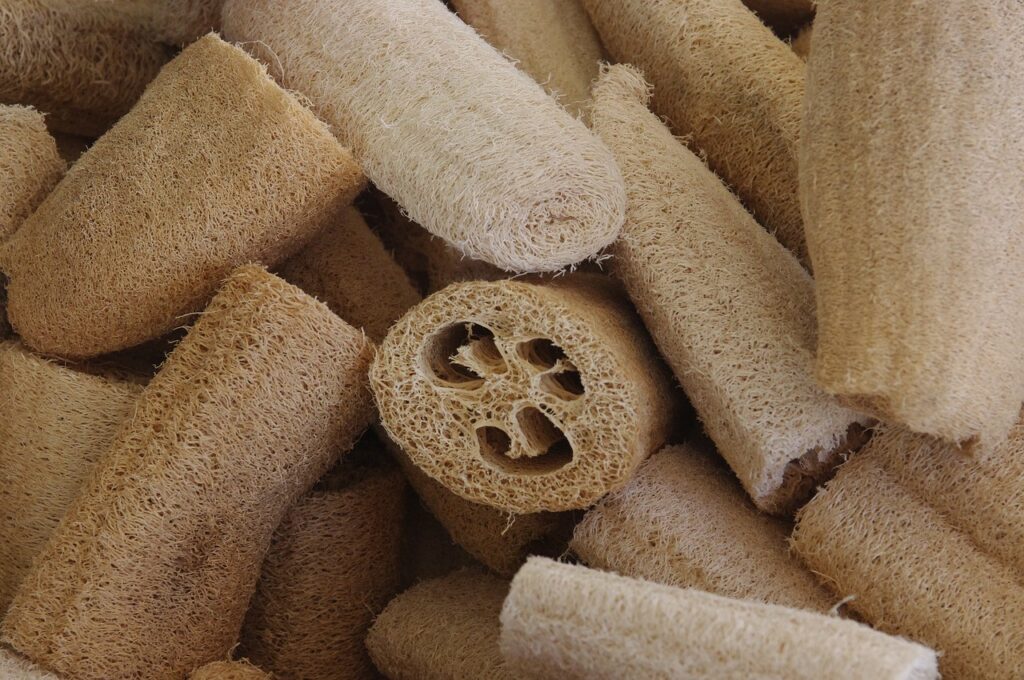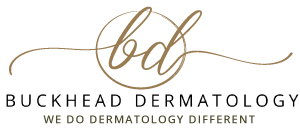Does Dry Brushing Actually Help Skin Health?

Let’s get down to it. What on earth is dry brushing, exactly, and how can it help our health? The best way to learn more about dry brushing is from dermatologists who have their education, training, and experience in hair, skin, and nail health. There is a best way to exfoliate, and dry brushing is a lesser-known way to rejuvenate the skin. Dry brushing is an extra step, but if you properly incorporate it into your daily skincare routine, there are many benefits to be had.
Dry Brushing: How To and How NOT To
Dry brushing, although it may sound like a person could use any brush anywhere on their body, is not the case. Knowing how to dry brush effectively gets results, but just going for it without knowledge will yield different, and probably lesser, results.
Dry brushing is like giving your skin a daily massage using a dry and stiff brush with bristles. Believe it or not, we shed over a pound of flaky skin every day. The process of dry brushing removes flaky skin, increases circulation, detoxifies the skin, and invigorates the body.
It’s All About the Brush
Brushes should have natural bristles that are stiff enough to exfoliate the skin. A natural loofah will also work, but having whatever brush you choose on a long handle is best to reach those hard-to-reach places on your body. The stiffness of the bristles is a personal preference, with some preferring stiffer bristles, while those with sensitive skin may opt for softer bristles. Those with highly sensitive skin may use a washcloth, but it should be dry when used. Any inflammation or swelling indicates it is time to stop and contact your local dermatologist for advice on how to dry burhs with your specific skin type.
How TO Dry Brush
Use a dry brush with bristles that are natural and start at the feet and ankles, working upward on the body. Use the brush or loofah in a circular motion and dry brush as much of your back and torso as possible (this is where that long handle comes into play). In more sensitive areas, like the breasts, neck, and stomach, lighten the pressure and go with your gut about which areas of your body need more or less pressure.
Dermatologists want you to know that all that is needed to get the job done is a few overlapping wipes, especially if this becomes part of your regular skincare routine. It is best to dry brush in the shower before you turn it on, then shower immediately after to get the removed skin off your body.
How NOT To Dry Brush
Professional and licensed dermatologists want everyone to know that moles, raised bumps, and warts should NOT be dry brushed. Open sores, burns, cuts, and lesions should also be avoided, and never exfoliate a sunburn – ouch! It is best to consult with a professional dermatologist when wanting to address any of these concerns. There are effective and safe ways to address moles, warts, and bumps on the skin.
Facial skin is more sensitive, so mild exfoliant products are recommended instead of dry brushing, but a dry washcloth may be used on the face.
Dry Brushing Benefits
There are many benefits to dry brushing. Dry brushing detoxifies the skin by unclogging pores and increasing blood circulation. Dry brushing will also promote lymph drainage and flow. Those dry brushing may initially experience increased sweat because unclogged pores are free to eliminate skin toxins. However, your skin adjusts over time, and the results are more regulated. Dry brushing also stimulates the nervous system, and feeling invigorated post-dry brushing is a normal and a welcome experience.
Skin tends to be softer to the touch and is more radiant. If you think about dry brushing off a pound of flaky, dead skin, no wonder skin appears brighter and smoother! Dry brushing allows exfoliation to happen while increasing blood circulation without using hot, steaming water in the shower. Hot water harshly strips the skin of natural oils and proteins, which are necessary to keep the skin healthy and looking good.
A Dry Brushing Myth Dispelled
One myth about dry brushing that needs to be dispelled is that it gets rid of cellulite. There is not currently any scientific evidence that this claim is valid. However, those who claim it does help cellulite are likely to see and feel increased blood circulation, which naturally plumps the skin.
If you have been dry brushing or think you may want to try it, follow these suggestions for a safe and effective experience. If you have any skin concerns, contact Buckhead Dermatology today for a consultation. Dr. Sherrie Straughn is dedicated to helping all her Atlanta-based clients achieve optimal skin appearance and health.
